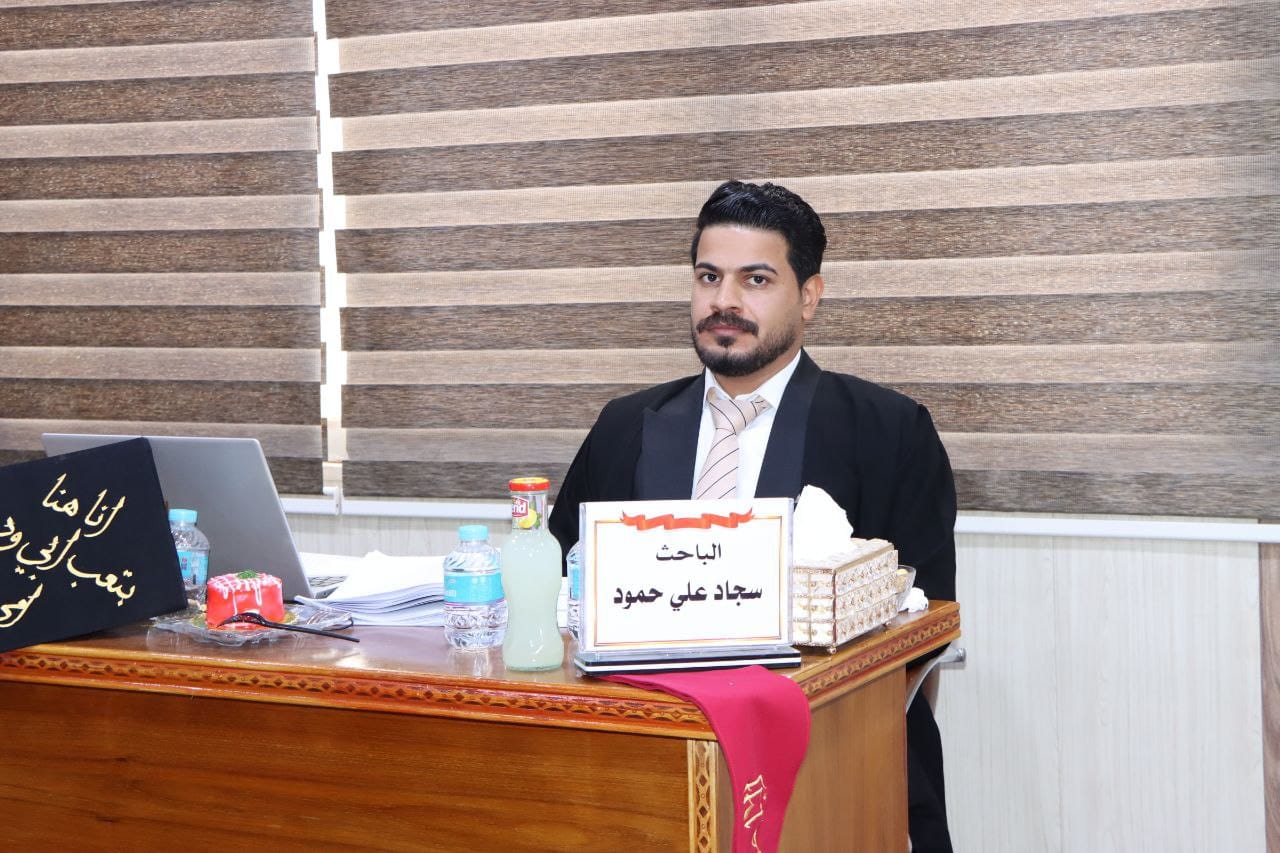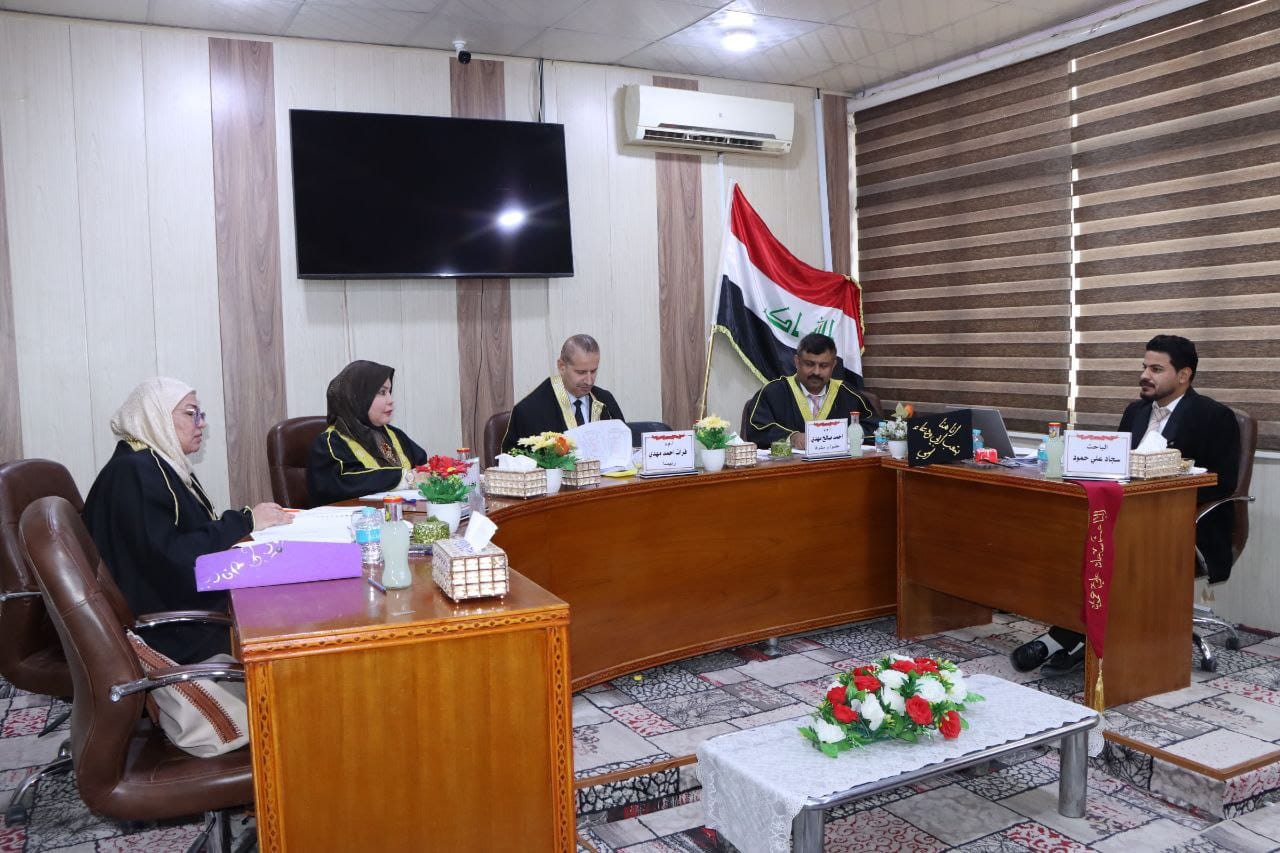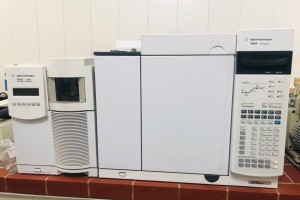
The College of Education for Pure Sciences, Department of Physics, has researched a master's thesis on (Diagnosis and study of the electrochemical properties of aluminum-zinc double-layer compounds and their applications in flexible supercapacitors). The thesis submitted by the researcher (Sajjad Ali Hamoud Hassanein) included a study of its electrochemical properties. This material was prepared in an easy, inexpensive and environmentally friendly chemical way using the chemical bath deposition method. FE-SEM images showed that the aluminum base was covered with a material with structures resembling nanosheets. By calculating the average thickness, length and width of the Zn-Al LDHs sheets, it was found that their average thickness ranged between (60 nm to 80 nm), while the average length and width were (1.3 µm and 0.6 µm), respectively. XRD measurements showed that the main peaks are located at 9.94 and 19.78 corresponding to the (003) and (006) faces, respectively. Zn-Al LDHs were used as electrodes in the manufacture of flexible supercapacitor. The flexibility of the supercapacitor cell was measured by bending the cell at different angles until reaching the maximum mechanical deformation at 180. Stability measurements after 2000 cycles proved that the cell maintains 98% of its initial capacity value in the flat state at 0 and decreases to its lowest value at 87% of its initial capacity at 180, which proves the good stability of this material under various mechanical influences. The highest value of energy density and power density at angle 0 reached 6.45 Wh/Kg and 46.445 KW/Kg, respectively. Electrochemical impedance spectroscopy measurements were performed to show the equivalent circuit, calculate the capacitance and show the percentage of reduction in bending and twisting states.
This study has provided good results in terms of electrochemical properties of the flexibility of a flexible supercapacitor for portable and wearable equipment despite the different bending and twisting angles, as the electrodes manufactured using these simple chemical methods can be utilized in future energy storage systems.
The thesis concluded
Using simple and reliable chemical preparation methods using a one-step reaction process to grow Zn-Al LDHs on flexible aluminum foil. The electronic surveys (FE-SEM, XRD, EDXs) showed consistent results in terms of good surface area abundance, wide interfacial spaces, unique surface morphology and distinct crystal structure, which indicates the success of the preparation method used. Using a double-layer system, it showed excellent results in terms of high stability, good storage capacity, energy density and high power density despite the mechanical deformation applied through bending and twisting at different angles. The strong mechanical properties and excellent morphology are related to the arrangements of Zn-Al LDHs sheets on the surface of the aluminum foil, which benefited from a high effective surface area.









